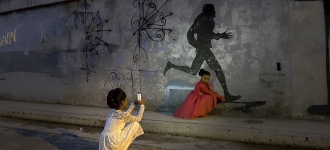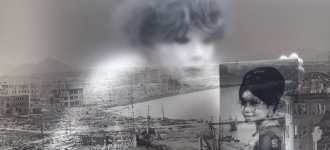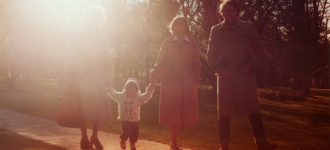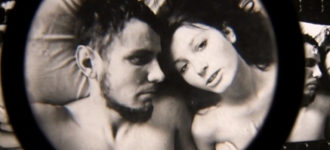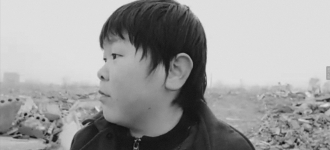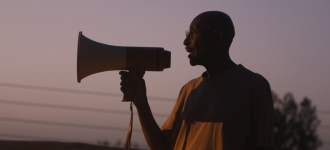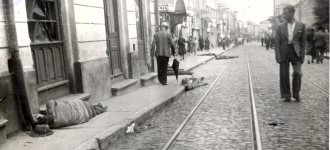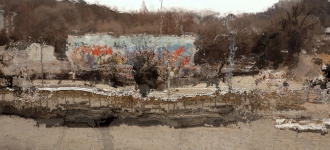
The ancient desire to capture and reproduce the world in images was instantly accelerated and enhanced by the emergence of the photographic medium. Along with the rapid spread of photography, followed by cinema, came the urge to archive and preserve these early “montages of attractions”. As early as 1909, an ambitious archival endeavor was launched by Albert Kahn, a French banker and philanthropist. Kahn hired numerous photographers and cameramen with the utopian aim to record and preserve fleeting moments across the globe. Spanning until 1931 and christened the “Archives de la Planète”, this inspired undertaking generated a collection of 72,000 autochrome photographs and 183,000 meters of film. The images were designed to remain unedited, and by and large unseen — stored for posterity.
Throughout the 20 th century, image archives grew in size and number. Due to the digital turn at the end of the century, the amount of images made and added to online and offline collections skyrocketed. The resultant abundance of image archives continues to be a source of inspiration for artists and their complex creative endeavors.
Verzió’s “Archive of the Planet” section brings together recent creative documentaries that repurpose and reflect on the role of image archives. These films not only speak to the diverse origins and content of such repositories, but also demonstrate the range of approaches towards mining primary sources, and the complex epistemic reflections on the nature and consequences of visual documentation. This section includes films that explore the depths of the photographic medium as document and testimony, as well as compilation works that experiment with (re)ascribing meaning to the appropriated moving images.
Susanne Kovács dedicates her debut feature, It Takes a Family, to her own family history. In it she combs through the conflicting and silenced stories of the past as they unravel through images of her grandparents – Jewish Hungarians who survived the Holocaust, her German mother and her father, a Danish Jew. Her work raises questions as to whether contained national versions of history are possible. Likewise, Radu Jude and Adrian Cioflâncă’s The Exit of the Trains taps into a collectively silenced, traumatic experience. The filmmakers painstakingly reconstruct the 1941 deportations and murder of Jews in the Romanian town of Iași by juxtaposing studio portraits with the unsettling stories of those who survived. Giedre Žickyte’s Master and Tatyana explores the entanglement of the individual and the political through the personal drama of a creative personality in a repressive environment via the heritage and legacy of Lithuanian photographer Vitas Luckus.
Like still photography, found footage can become a window into distant, inaccessible, and often imaginary worlds. Maija Blåfield’s The Fantastic demonstrates how Hollywood images on a discarded VHS tape imported to North Korea as waste becomes a portal through which locals clandestinely discover the outside world. Shengze Zhu’s compilation film Present. Perfect explores the persistent search for a virtual community and the allure of voyeurism through a series of self-portraits of YouTube live streamers in China. Suhaib Gasmelbari’s film, Talking About Trees, gives the screen to the first generation of filmmakers in Sudan as they revisit their 1960s post-colonial debuts and strive to reanimate a long-closed cinema with a potent name: “Revolution”. Hubert Sauper’s Sundance-winning film, Epicentro, takes us on a double journey to the real and imaginary Cuba. The film goes to the core of cinematic power to both create and undermine utopian constructions that exoticize and subdue, document and manipulate images of the Other. Another persistent explorer of the power of image, Rithy Panh, creates in Irradiated a profound and distressing essay on the visual traces of past catastrophes and their afterlives in our shared memory.
Rather than aligning with Albert Kahn’s early pursuit of a totality of representation, the films in this program highlight the fragmentary, elusive, malleable, subjective and shifting meanings of visual traces. The selection foregrounds the multiple possibilities of working with archival still and moving images, and invites an in-depth, reflexive viewing. The online program is accompanied by panel discussions with the filmmakers, where their approaches to working with visual imagery is further discussed and placed in a comparative context.
Oksana Sarkisova
Program Curator, Festival Director


